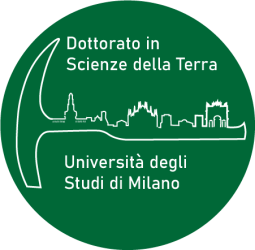GEO/01 (Paleontology and paleoecology),
GEO/02 (Stratigraphic and sedimentary geology),
GEO/03 (Structural geology),
GEO/04 (Physical geography and geomorphology),
GEO/05 (Applied geology),
GEO/06 (Mineralogy),
GEO/07 (Petrology and petrography),
GEO/08 (Geochemistry and volcanology),
GEO/09 (Mining resources, mineralogic and petrographic applications for the environment and for cultural heritage),
GEO/10 (Solid Earth geophysics),
GEO/11 (Applied geophysics),
GEO/12 (Oceanography and physics of the Atmosphere),
ICAR/07 (Geotechnics),
AGR/16 (Agricultural Microbiology).
PhD students can use the analytical, experimental and computational structures of the Department of Earth Sciences , including scanning and transmission electron microscopes, powder and single crystal X-ray diffractometers, plasma emission spectroscopy, Raman spectroscopy, mass spectroscopy with laser ablation, electronic microprobe with WDS fluorescence spectrometry, soil and rock mechanics laboratory, high temperature synthesis devices high pressure, a vibrating sample magnetometer (VSM), geophysical prospecting instrumentation, a PC cluster for parallel computing laboratory, and laboratories for sedimentology, paleontology, paleoclimatology, paleogeography, and paleomagnetism.
Each PhD student shares an office with other PhD students, according to the thematic areas of research. PCs are available for individual use as well as computerized classrooms and PC Cluster for parallel computing.
PhD students can also access a Area library with access to magazines paper or online scientific, geological and thematic maps.
